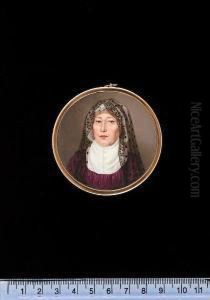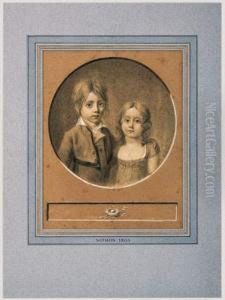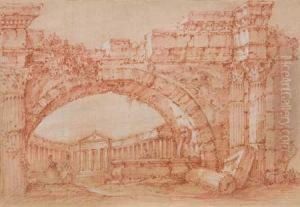Jean-Francois Soiron Paintings
Jean-François Soiron was a French painter and illustrator who lived during the late 18th and early 19th centuries. Born in 1756, Soiron's life and career were marked by the tumultuous events of the French Revolution and the Napoleonic Wars. Despite the lack of extensive documentation on his personal life, his artistic contributions are appreciated by those who study French art of this period.
Soiron's artistic career was primarily based in France, where he developed a style that was influenced by the prevailing neoclassical aesthetic of the time. This was characterized by an emphasis on simplicity, clarity of form, and subjects drawn from classical antiquity and the Renaissance. In his paintings, he often depicted historical and mythological scenes, with a focus on composition and the careful rendering of details.
Although Soiron never reached the same level of notoriety as some of his contemporaries, such as Jacques-Louis David or Jean-Auguste-Dominique Ingres, his work did garner respect and recognition in artistic circles. He exhibited his works at the Paris Salon, the official art exhibition of the Académie des Beaux-Arts in Paris, which was a significant accomplishment for artists of his time.
The political upheavals of the French Revolution and the rise of Napoleon Bonaparte had a profound impact on the art world in France. Artists were often called upon to produce works that glorified the new regime and its leaders. It is unclear to what extent Soiron was involved in this aspect of artistic production, as records of specific commissions from this period are sparse.
Jean-François Soiron passed away in 1813. While he may not be as well remembered as some of his peers, his contributions to French art remain a part of the legacy of neoclassical painting. His works are a testament to the skills and themes that were valued in the art of his time, and they continue to be of interest to art historians and collectors today.


